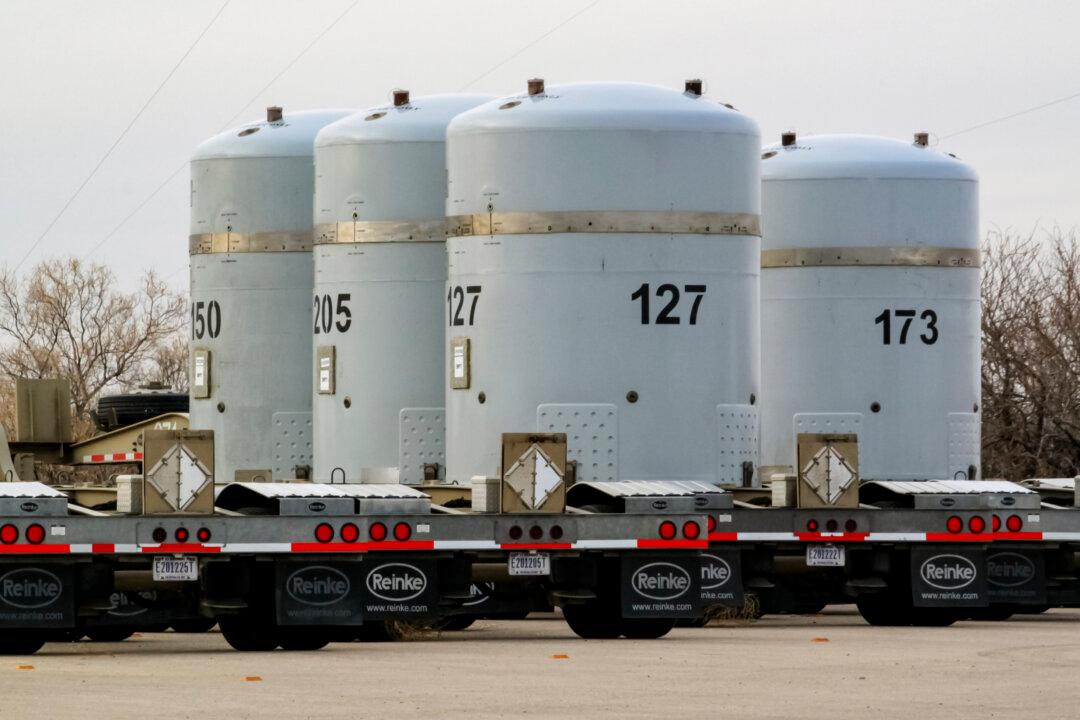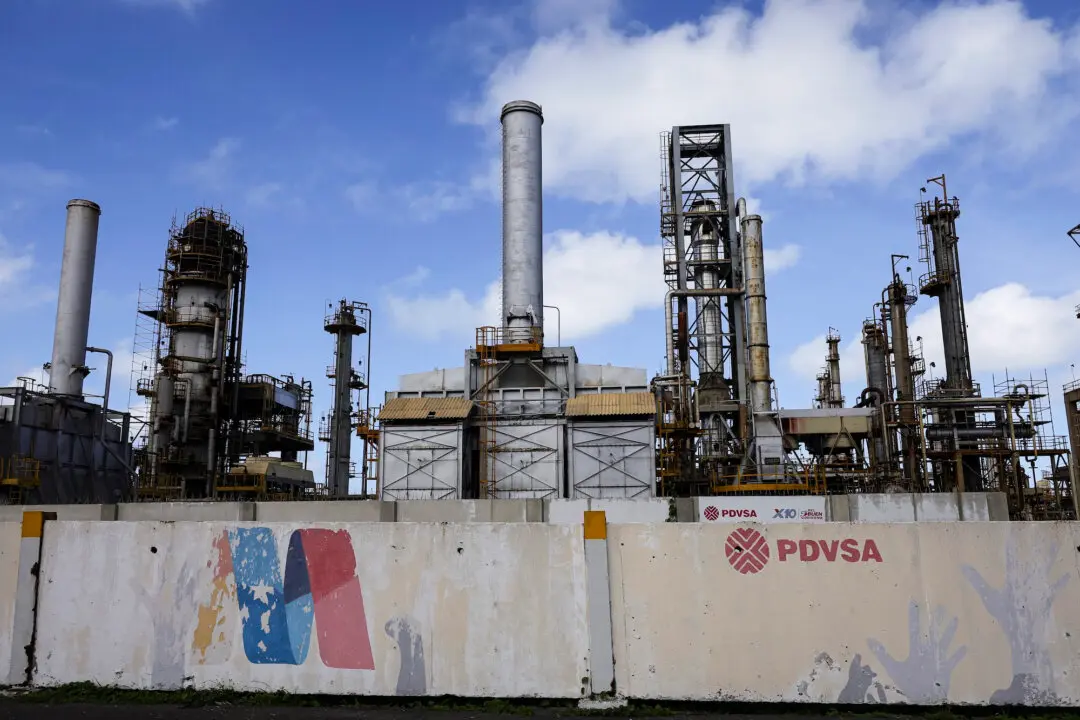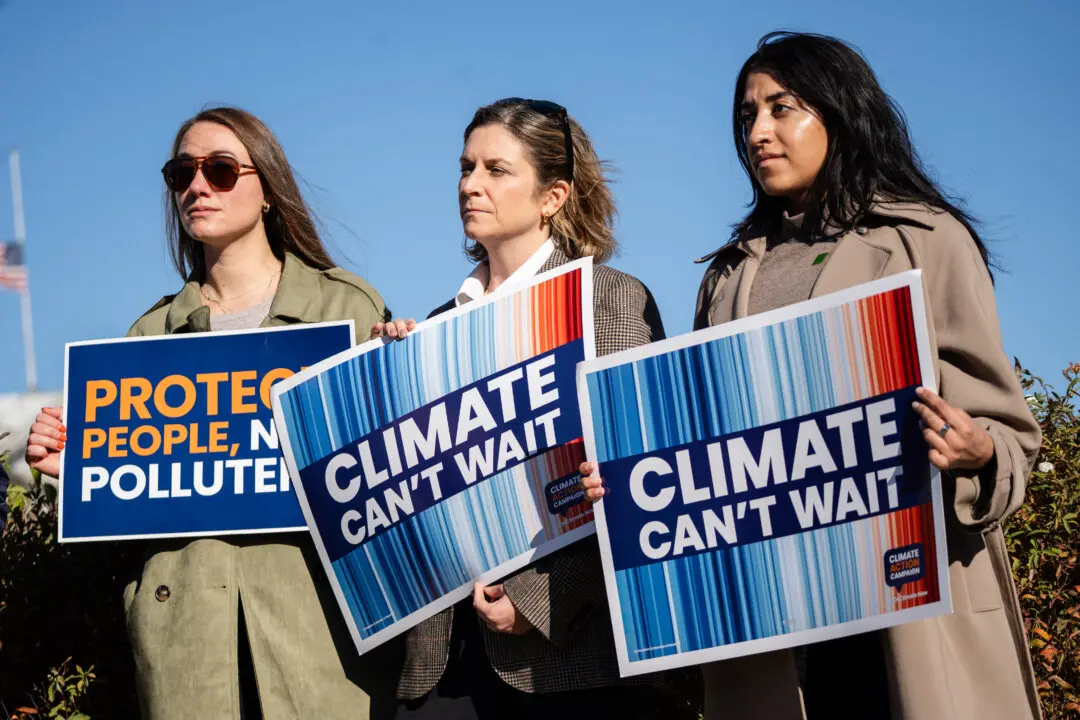Despite growing recognition that nuclear energy may be the most viable solution in the United States’ quest for reliable low-carbon electricity, the nuclear power industry is struggling to overcome major hurdles—among them, what to do with radioactive spent fuel.
But new efforts to recycle nuclear waste in the United States, held up for decades by legal and regulatory hurdles, could resolve that issue and more if it is allowed to flourish.





